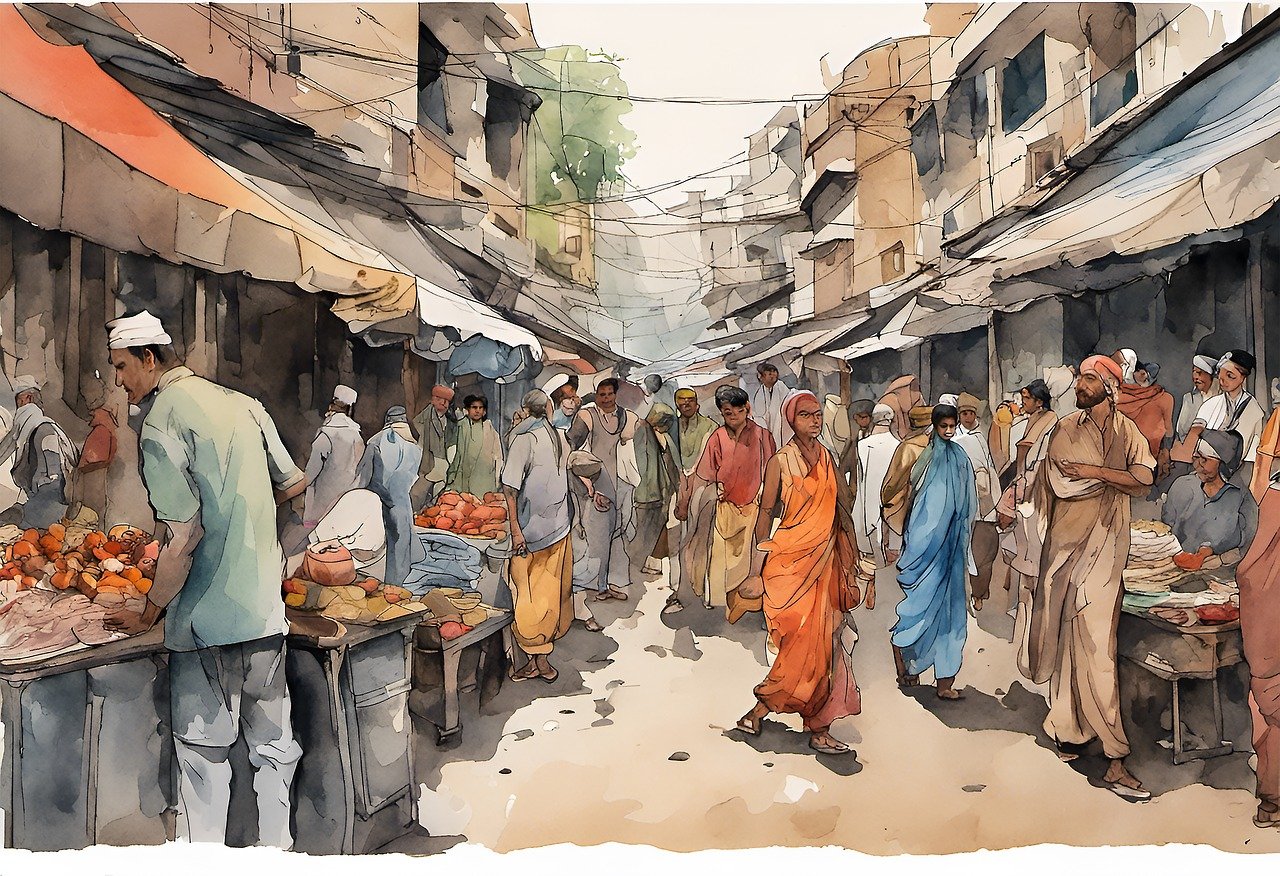Unraveling the Tapestry: The Mystery Ancestor of Indians"
The vast and diverse subcontinent of India has been a melting pot of cultures, languages, and traditions for millennia. As we delve into the rich tapestry of Indian ancestry, an intriguing mystery captivates scientists and historians alike – the enigmatic presence of a mystery ancestor. In this blog, we embark on a journey through time and genetic research to explore the origins of Indians and the compelling puzzle posed by an unidentified forebear.
1. Ancient Roots: India's history is deeply rooted in ancient civilizations, with evidence of human habitation dating back tens of thousands of years. The Indus Valley Civilization, one of the world's oldest, flourished along the banks of the Indus River around 3300–1300 BCE, leaving behind a legacy of advanced urban planning and trade networks.
2. A Tapestry of Migration: The diverse genetic landscape of India is a testament to waves of migration that shaped the subcontinent. The Aryan migration around 1500 BCE, followed by the Dravidian cultures, contributed to the intricate mosaic of Indian ethnicity. However, recent genetic studies have unveiled the presence of a mysterious ancestor whose identity remains elusive.
3. Genetic Revelations: Advances in DNA research have opened new windows into unraveling the genetic history of populations. Recent studies, including those analyzing ancient DNA, suggest the existence of an unknown ancestral group that significantly influenced the genetic makeup of contemporary Indians. The question persists: Who were these mystery ancestors?
4. The Ancient Harappans: The mystery ancestor gains added intrigue when considering the connections with the ancient Harappan civilization. Genetic studies indicate a genetic continuity between present-day South Indians and the Harappan people, raising questions about the extent of the Harappan influence on the subcontinent's genetic diversity.
5. Possible Origins: Speculation abounds regarding the identity of the mystery ancestor. Some theories propose links to ancient Iranian populations, while others suggest connections with early hunter-gatherer communities in the Indian subcontinent. Unraveling this mystery requires a nuanced understanding of migration patterns and cultural exchanges over millennia.
6. Cultural Implications: Beyond the scientific quest, the search for the mystery ancestor holds cultural significance. It challenges our understanding of identity, heritage, and shared history, prompting a reevaluation of narratives that have shaped India's cultural tapestry.
7. Challenges and Controversies: The pursuit of uncovering the mystery ancestor is not without its challenges and controversies. Debates surrounding the interpretation of genetic data, potential biases, and the limitations of ancient DNA analysis underscore the complexity of piecing together the puzzle of Indian ancestry.
8. Continued Research and Discovery: The search for answers continues as scientists, historians, and geneticists collaborate to refine our understanding of Indian ancestry. Ongoing research, incorporating diverse disciplines, promises to shed light on the identity and impact of the mystery ancestor.

The mystery ancestor of Indians adds an intriguing layer to the already complex narrative of India's rich heritage. As scientific advancements provide new insights, the quest to unveil the identity of this enigmatic forebear remains a captivating journey into the depths of human history. Ultimately, understanding our roots not only enriches our appreciation of diversity but also underscores the interconnectedness of all humanity, transcending time and borders.

